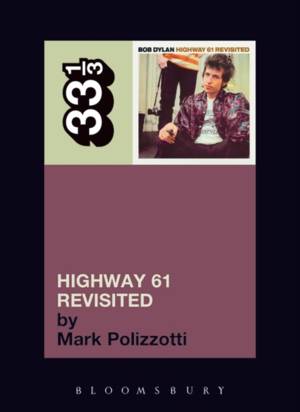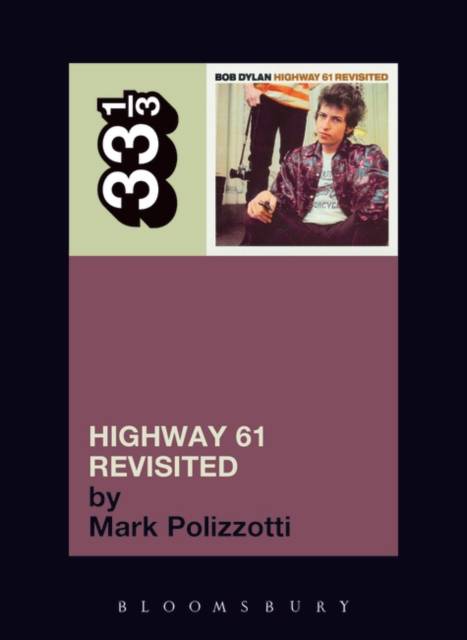
- Retrait gratuit dans votre magasin Club
- 7.000.000 titres dans notre catalogue
- Payer en toute sécurité
- Toujours un magasin près de chez vous
- Retrait gratuit dans votre magasin Club
- 7.000.0000 titres dans notre catalogue
- Payer en toute sécurité
- Toujours un magasin près de chez vous
Description
Highway 61 Revisited resonates because of its enduring emotional appeal. Few songwriters before Dylan or since have combined so effectively the intensely personal with the spectacularly universal. In "Like a Rolling Stone," his gleeful excoriation of Miss Lonely (Edie Sedgwick? Joan Baez? a composite "type"?) fuses with the evocation of a hip new zeitgeist to produce a veritable anthem. In "Ballad of a Thin Man," the younger generation's confusion is thrown back in the Establishment's face, even as Dylan vents his disgust with the critics who labored to catalogue him. And in "Desolation Row," he reaches the zenith of his own brand of surrealist paranoia, that here attains the atmospheric intensity of a full-fledged nightmare. Between its many flourishes of gallows humor, this is one of the most immaculately frightful songs ever recorded, with its relentless imagery of communal executions, its parade of fallen giants and triumphant local losers, its epic length and even the mournful sweetness of Bloomfield's flamenco-inspired fills.
In this book, Mark Polizzotti examines just what makes the songs on Highway 61 Revisited so affecting, how they work together as a suite, and how lyrics, melody, and arrangements combine to create an unusually potent mix. He blends musical and literary analysis of the songs themselves, biography (where appropriate) and recording information (where helpful). And he focuses on Dylan's mythic presence in the mid-60s, when he emerged from his proletarian incarnation to become the American Rimbaud. The comparison has been made by others, including Dylan, and it illuminates much about his mid-sixties career, for in many respects Highway 61 is rock 'n' roll's answer to A Season in Hell.Spécifications
Parties prenantes
- Auteur(s) :
- Editeur:
Contenu
- Nombre de pages :
- 176
- Langue:
- Anglais
- Collection :
- Tome:
- n° 35
Caractéristiques
- EAN:
- 9780826417756
- Date de parution :
- 01-09-06
- Format:
- Livre broché
- Format numérique:
- Trade paperback (VS)
- Dimensions :
- 119 mm x 165 mm
- Poids :
- 158 g

Les avis
Nous publions uniquement les avis qui respectent les conditions requises. Consultez nos conditions pour les avis.






